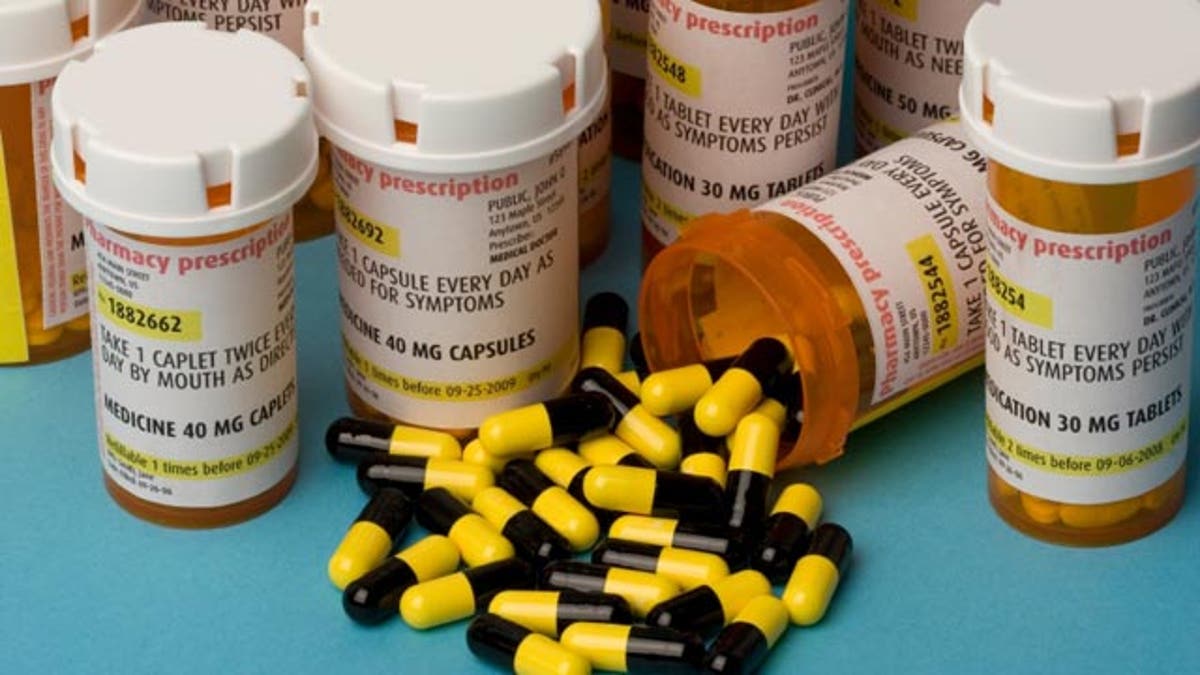
The chance that a teenager or young adult will receive a prescription for a controlled medication has nearly doubled in the last 15 years in the U.S., according to a new report.
In 2007, one out of every nine teens and one out of six young adults in their 20s received prescriptions for medication that have the potential for abuse, such as pain killers, sedatives and stimulants like Ritalin.
"This study indicates that there are many more abusable prescriptions in people's medicine cabinets, in homes where there are children," said Dr. Cindy Thomas at Brandeis University in Waltham, Massachusetts, who reviewed the findings for Reuters Health.
Just because teenagers and young adults receive these prescriptions, however, doesn't mean they will abuse them, or pass them onto others, cautioned study author Dr. Robert Fortuna of the University of Rochester in New York.
Whether the increase means young people are getting too many of these prescriptions, and doctors should cut back, is also not clear from this study, he told Reuters Health.
What the study does do, he noted, is reinforce the importance of communicating the risks of controlled medications to young people — and the importance of monitoring their use.
"Physicians need to have open discussions with patients about the risks and benefits of using controlled medications, including the potential for misuse and diversion," Fortuna said in an e-mail. "Patients should also be monitored closely to ensure that their symptoms are adequately being treated and to ensure that prescriptions are being used as prescribed."
In addition, parents should stay vigilant if their teenagers ever need one of these prescriptions, he said — maintaining "open communication" with their children and remaining aware of the potential for misuse.
Common reasons young people received prescriptions for opioid drugs such as OxyContin and Vicodin — the most frequently abused medications, Fortuna noted — was back or other musculoskeletal pain, injury, insomnia and other types of pain.
Psychiatric problems elicited prescriptions for Ritalin and other stimulants for Attention Deficit Hyperactivity Disorder (ADHD), as well as sedatives.
The study focused on prescriptions for controlled medications, defined as drugs that have the potential for abuse, and whose use is therefore regulated by the government.
The findings are concerning, the authors note, because teenagers and young adults are more likely than any other group to abuse prescription medicines. Indeed, nearly one in eight teenagers and one in three adults in their 20s say they have used prescription drugs recreationally at some point in their lifetimes. Surveys show that up to 36 percent of college students pass on their controlled medications to others.
To investigate prescription trends, Fortuna and his team reviewed data collected from 4,304 doctors and 3,856 clinics and emergency departments.
In 1994, only six percent of teens received a prescription for a controlled medication. By 2007, more than 11 percent were getting them — adding up to 2.3 million doctors' visits in which a drug of this category was prescribed, the authors report in the journal Pediatrics.
The same trend held among young adults, who saw the rate of prescriptions increase from eight to 16 percent of doctors' visits within the same time period. In 2007, a total of 7.8 million visits led to a prescription for a controlled medication for a young adult.
There are a number of reasons why these prescriptions have likely increased, Fortuna noted. In recent years, there has been more advocacy for the importance of treating pain, regulations have changed, and physicians have likely become more comfortable with opioids, he said. In the case of sedatives, there are newer drugs, which have been marketed heavily.
Thomas said the increases "are clearly alarming" and raise questions about whether each prescription is warranted. "One has to question the increased diagnosing and treatment of psychiatric conditions and lower threshold for prescribing both pain medications and psychiatric medications in this population," she said in an e-mail.
An important step, she suggested, may include reaching out to doctors about the dangers of these medications in young people. "In the past, initiatives to educate physicians regarding overuse of antibiotics, for example, were effective."
Along with risks, these drugs come with a cost — most low-dose, generic opioids run at less than $150 a month. The cost for sedatives ranges from $5 to more than $100 for 15 pills. The cost of ADHD drugs varies widely, from around $10 per month to more than $1,000.
